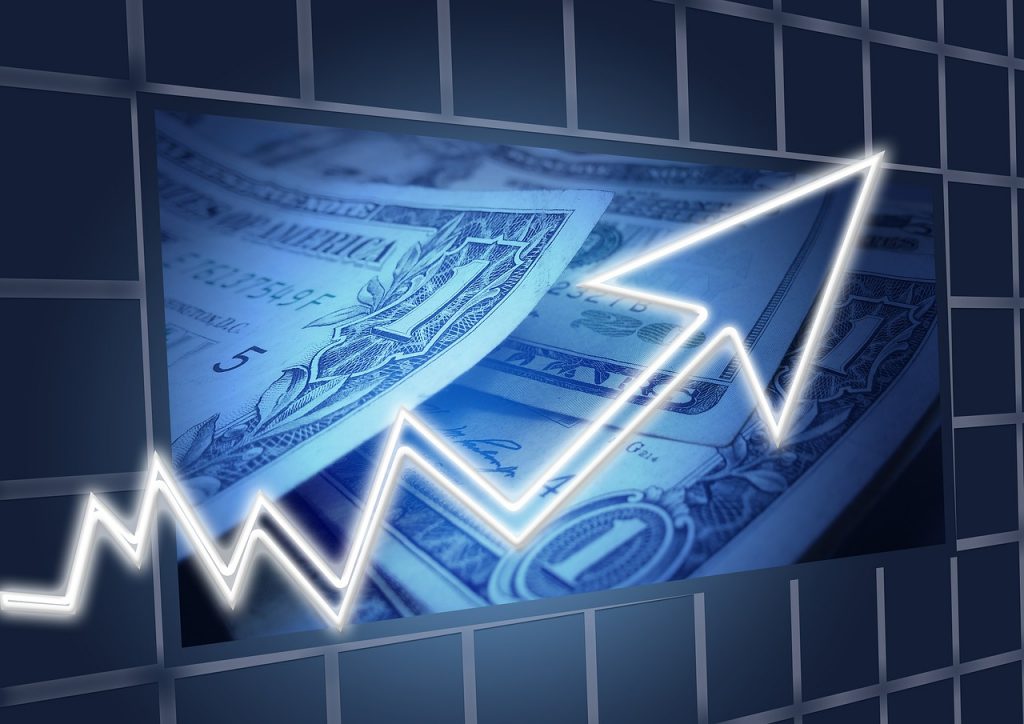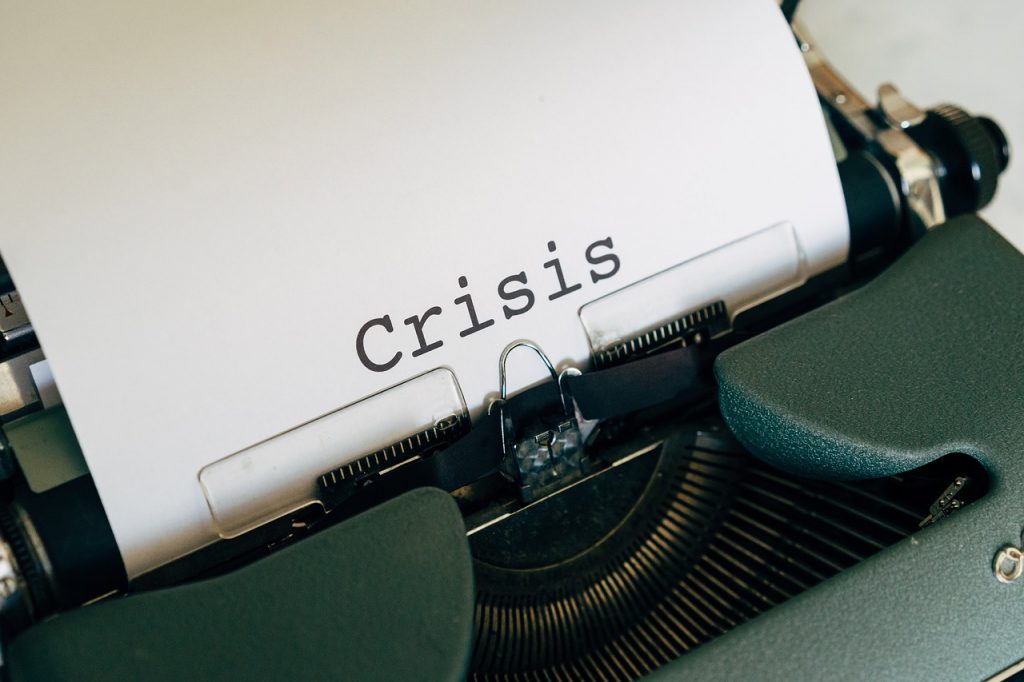Experts Say Inflation Will Only Get Worse, Here’s Why
New predictions suggest that inflation is poised to steadily worsen in the coming months.
This article is more than 2 years old

With demand for gas, cars, and other vital goods increasing, U.S. inflation parallels that demand. While the Federal Reserve will soon enact interest rate hikes to suppress inflation, the situation has yet to plateau. A few reasons have put Americans in this troubling situation, ranging from price-increase expectations to international conflict.
Goldman Sachs made some predictions on why inflation has increased tremendously. With a rough winter of excessive COVID rates, undermining inflation rates is unlikely for spring 2022. Sachs predicts that the Federal Reserve’s preferred price metric will likely occur at the end of 2022, countering previous hopes. The Federal Reserve’s first preferred metric was 2%, an ambitious estimate that this year will doubtfully execute.
Consumer prices nationwide rose by a startling 7.5%, the highest percentage in 40 years. This milestone reached in January has yet to cool down, frightening many citizens who the pandemic has financially crunched. As the U.S. government battles with inflation, the price escalation for goods is estimated to drop to 4.6% by December 2022. By late 2023, Goldman Sachs predicts price increases will be down to 2.9%.
One of the reasons for this financial issue is businesses raising prices to combat continuous inflation, perpetuating a cycle of astronomical cost increases. When expected inflation prices are released, companies will set prices and wages accordingly. As wages go down and the cost of goods rise, Americans are caught in a never-ending circle of monetary discrepancies.

Another factor recently impacting American inflation is the ongoing conflict between Russia and Ukraine. Russia, unfortunately, is sitting atop most of Europe’s natural gas deposits, supplying needed fuel to its neighbors far and wide. With nations like the U.K., Japan, and the United States applying sanctions to Russia, the extreme demand for energy has increased. Since gas is essential in the United States, prices will continue to inflate to mirror its skyrocketing demand.
As far as Russia is from the United States, all economic markets are undisputedly linked. Russia produces more energy per barrel than Canada and Iraq combined, making the nation a leading source for energy exportation. If Russia’s energy transports are cut in half due to the ongoing invasion, barrels for crude oil could surge to $150. This would continue to push American inflation to unfathomable heights, with industries trying to grapple with depleting power sources.
If Russia’s violence continues, the effect on American gas prices and inflation will be tremendous. 2021’s inflation rate of 7.5% could increase to 10% or higher, a record that hasn’t been exceeded in decades. The rising energy cost would have other tangential consequences, like increased transportation prices and airline costs. It would be more financially strenuous for the average family to maneuver across state borders, and consumer goods would continue their costly acceleration.
The United States is dealing with both domestic and international issues that propel inflation’s indefatigable rise. Though the Federal Reserve will enforce more significant interest rates, the energy demand globally has an undeniable effect on the American economy. Without solving these gas shortages, inflation may not be able to deescalate by the end of 2022.




